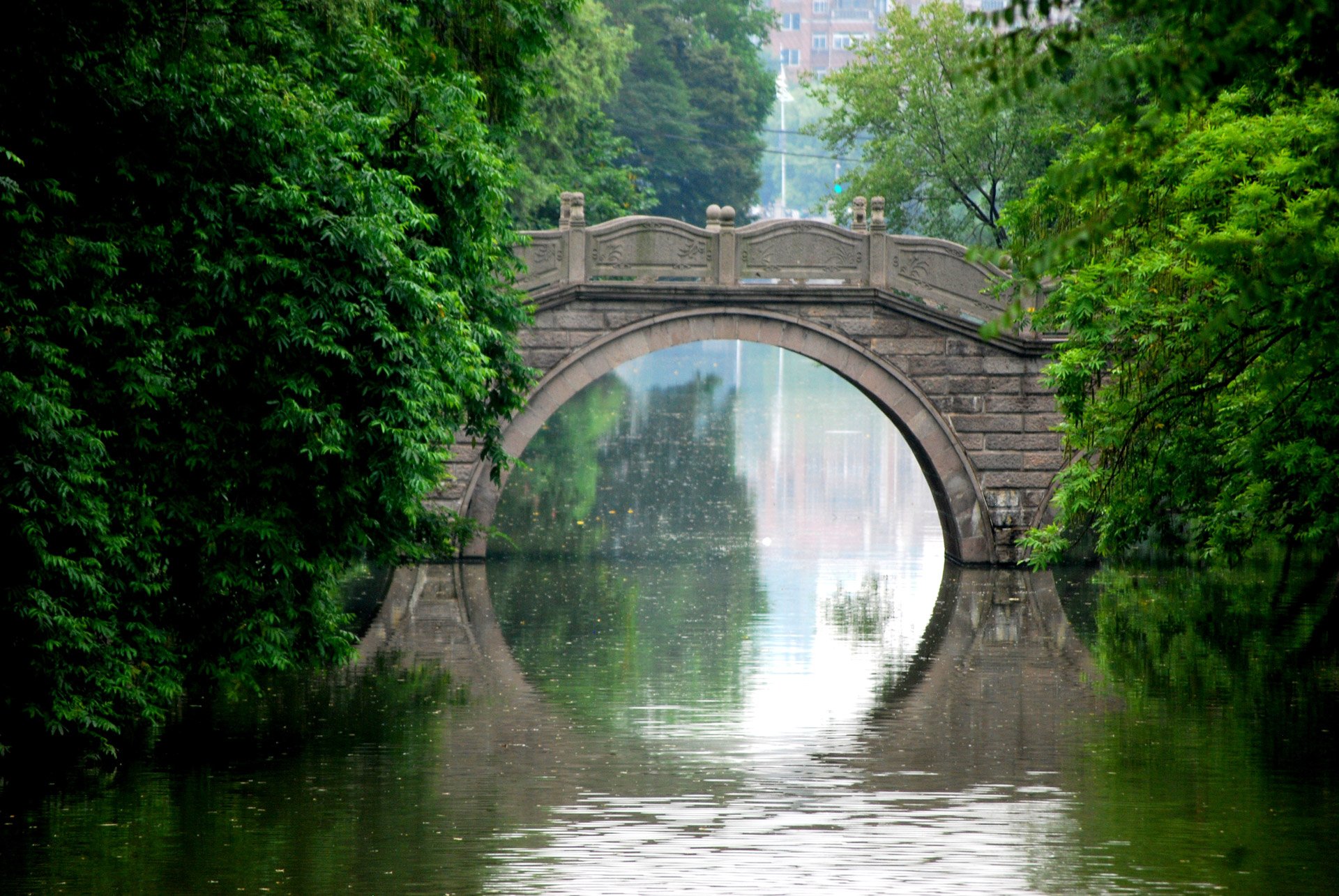The supermodel Paulina Porizkova gave a buzzy interview for The Times of London last year. I confess, as a young millennial, I had to google who she was. Porizkova is my mother’s age exactly. Her interview is powerful—she describes the stark divide between age and beauty. Throughout the interview, she describes how being an object of desire is reserved for young women. Physical beauty, it turns out, is something you age out of.
Login to read more
Sign in or create a free account to access Subscriber-only content.
